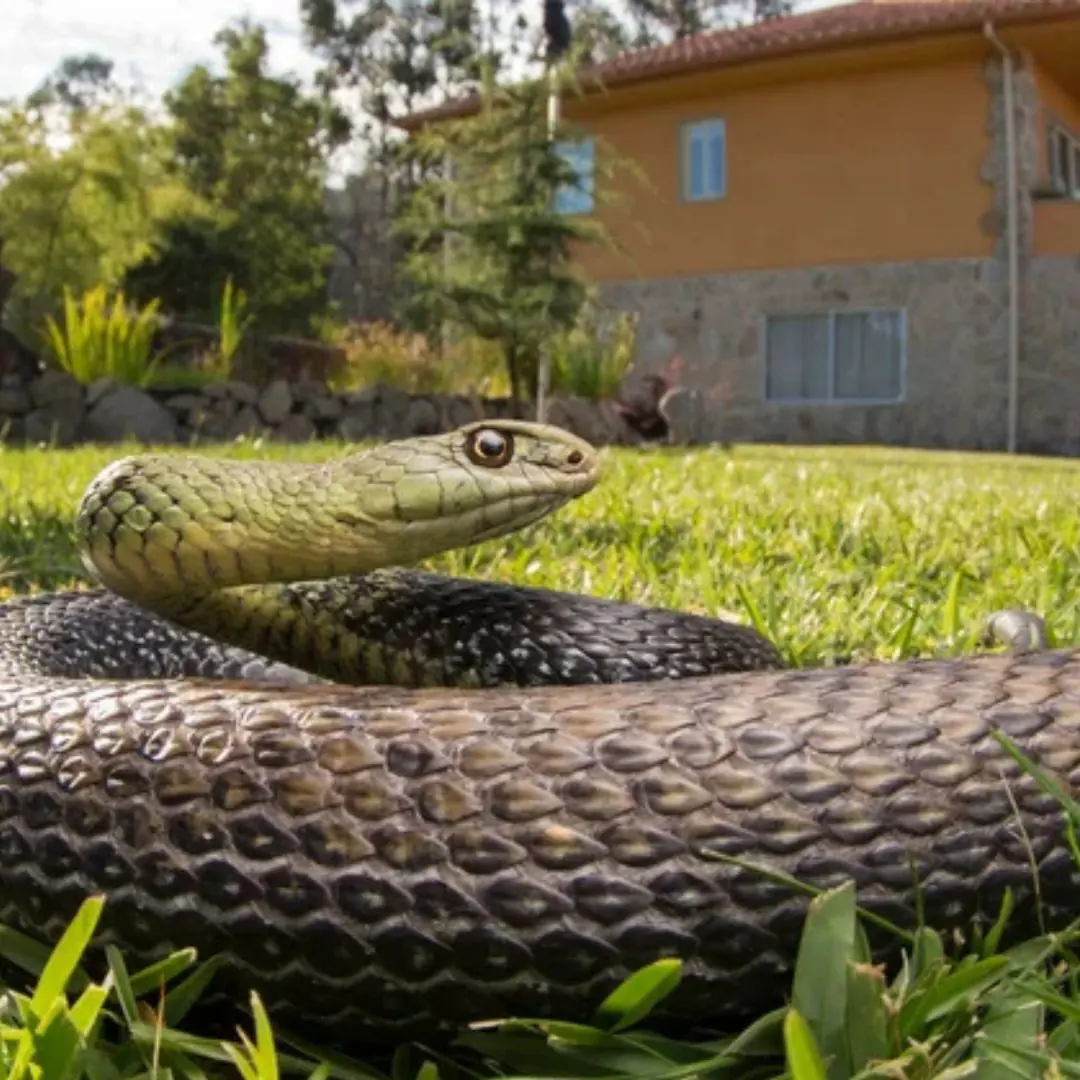
Don’t Eat Grapes Before You Know This Trick
Don’t Eat Grapes Before You Know This Trick – You’ll Be Shocked at What’s Stuck on the Skin!
Simply rinsing grapes with plain water is not enough. You should wash them the following way to remove as much dirt and residue as possible.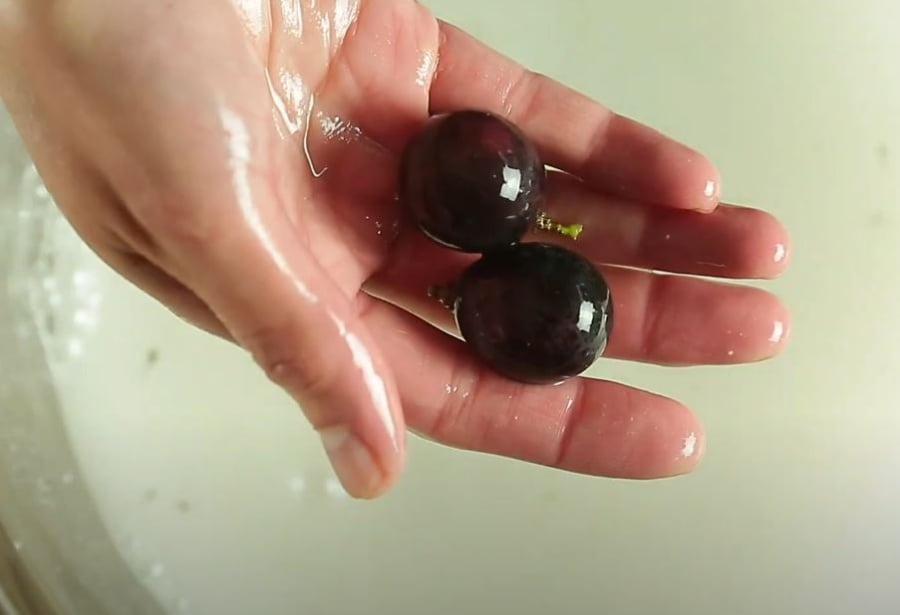
Grapes are juicy fruits with high nutritional value and great health benefits. They have a sweet-tart flavor but are also prone to pest infestations. Therefore, during cultivation, farmers may use pesticides.
Because of this, you must ensure grapes are thoroughly washed before eating to remove dirt, debris, and insect eggs. So, what’s the best way to clean grapes?
One of the most common mistakes people make when washing grapes is rinsing an entire bunch at once. Doing so makes it difficult to remove dirt and insect eggs trapped between the grapes.
Cut grapes before washing
Use scissors to cut the stems of each grape individually. Avoid pulling grapes off by hand, as this can tear the skin, allowing dirt and bacteria to get onto the flesh.
When cutting, leave a small portion of the stem attached to each grape.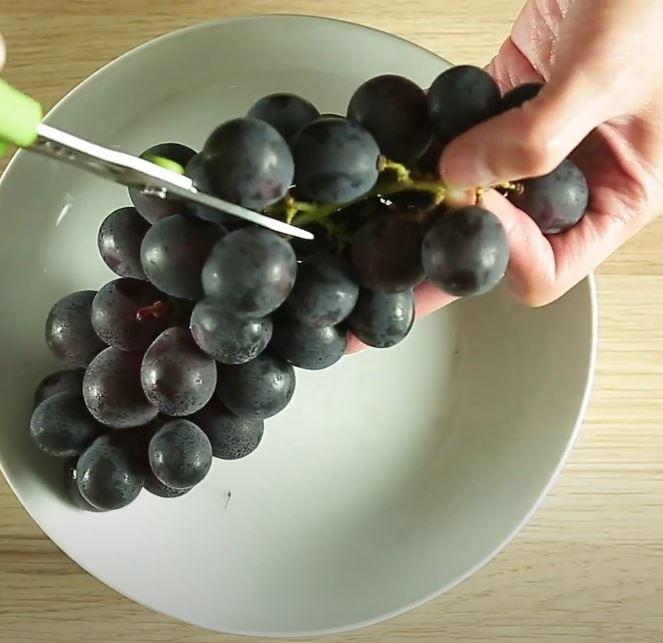
Rinse briefly with clean water
After separating the grapes, place them in a basin and rinse gently once with clean water to remove some of the surface dirt.
Soak grapes in rice water and baking soda
Pour rice water into a basin, add the grapes, and make sure they are fully submerged. Rice water has mild alkalinity, which can help neutralize some of the remaining chemicals. It also helps loosen dirt stuck on the grape skin.
Next, add about 1 tablespoon of baking soda to help clean and dissolve any oily residues on the grape skin (if present).
The combination of rice water and baking soda cleans grapes more effectively.
Stir the grapes gently in the rice water, then soak for about 5 minutes. You’ll notice the water becoming cloudy or debris floating on the surface. Do not soak for too long, as this can cause the grapes to become mushy.
If you don’t have rice water, you can sprinkle some flour over the grapes, add water, and stir until the flour dissolves. Then, add baking soda as usual.
Rinse grapes again with clean water
After soaking, remove the grapes and rinse at least 2–3 times with clean water to eliminate any remaining residues.
Drain the grapes in a colander before serving.
You may notice a thin white powdery coating on grape skins. Many people mistake this for dirt or chemical residue. However, it is a natural wax bloom produced by the fruit itself to reduce water loss and prevent mold. Other fruits like cucumbers and plums may also have this coating.
This natural bloom is harmless to humans, and it is not necessary to scrub it off completely. If some remains after washing, there’s no need to worry.
News in the same category

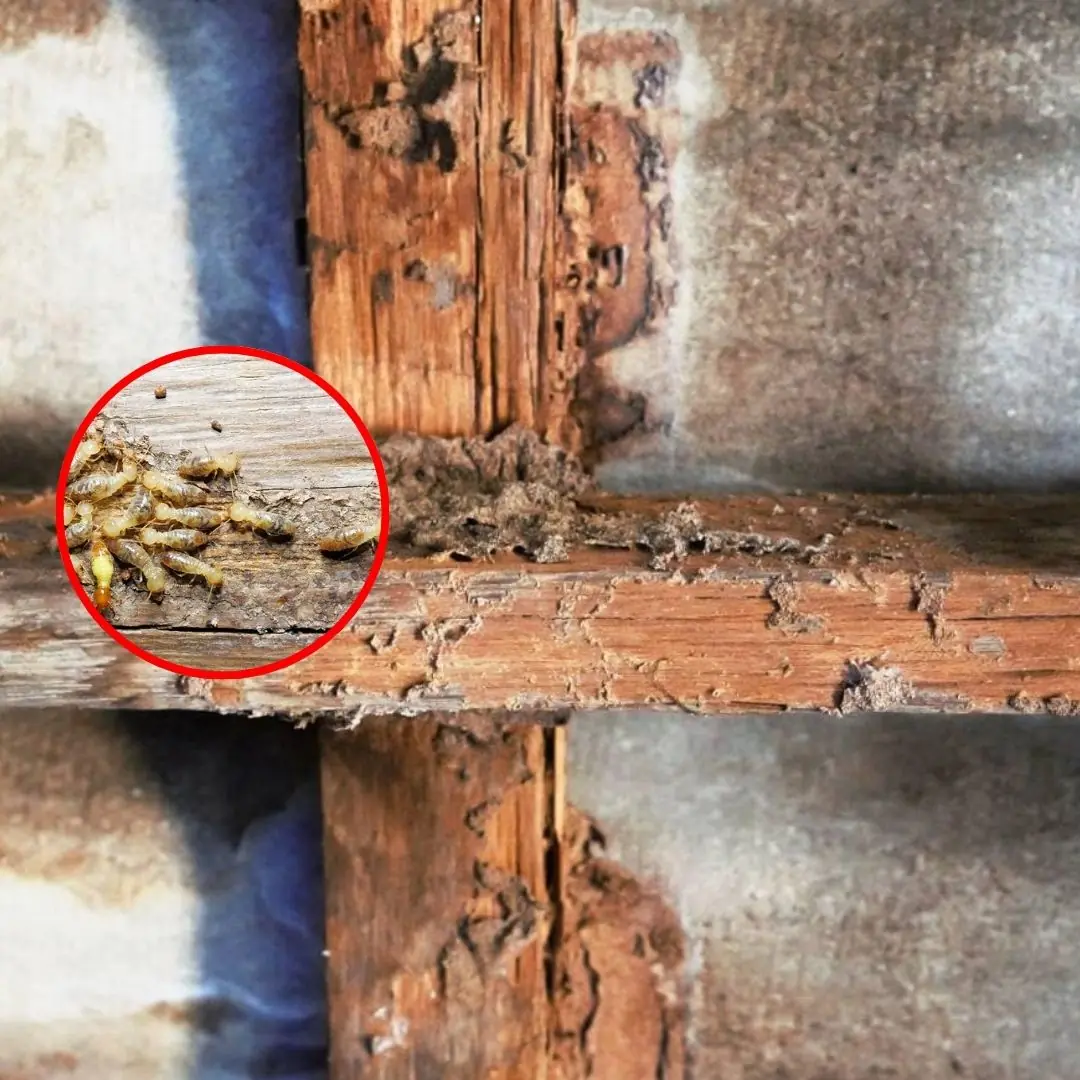
6 Proven Ways to Get Rid of Termites From Wooden Furniture
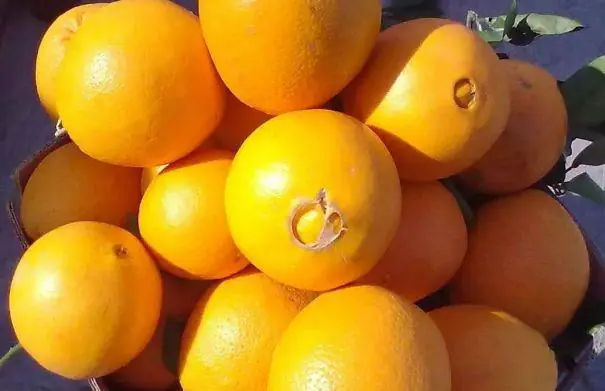
Should You Pick Na.vel Oranges With a Big or Small “Na.vel”?
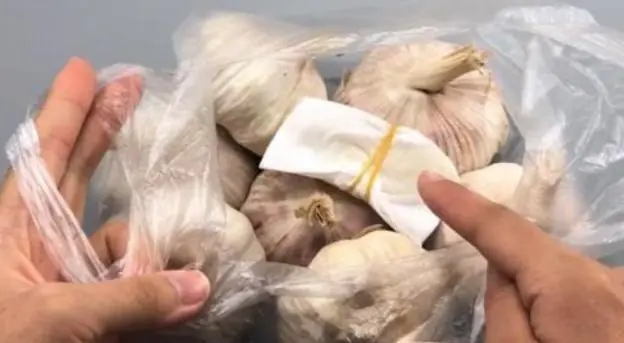
3 super easy garlic storage hacks
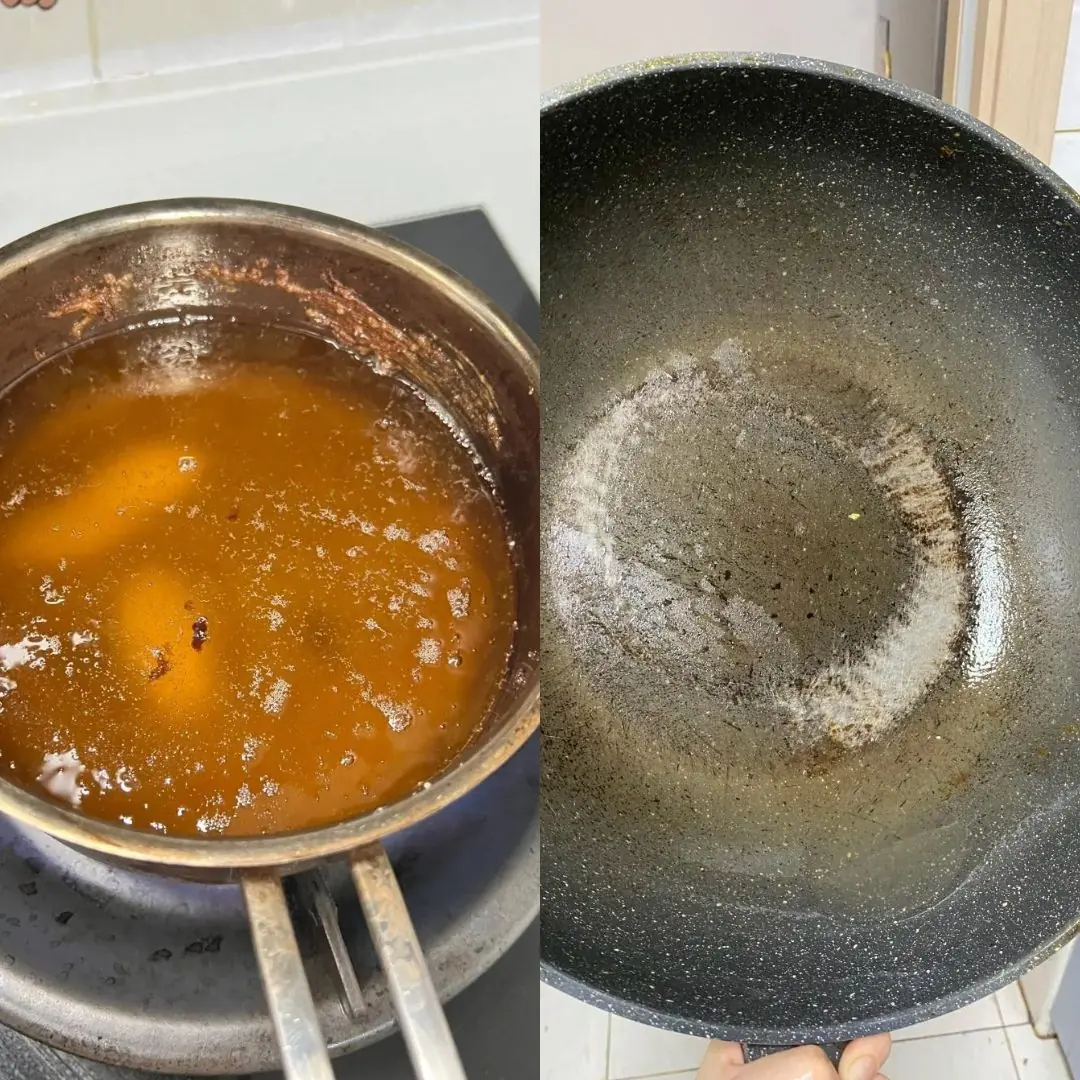
The More You Save, the Sicker You Get: 6 Dangerous Kitchen Habits to Stop Immediately
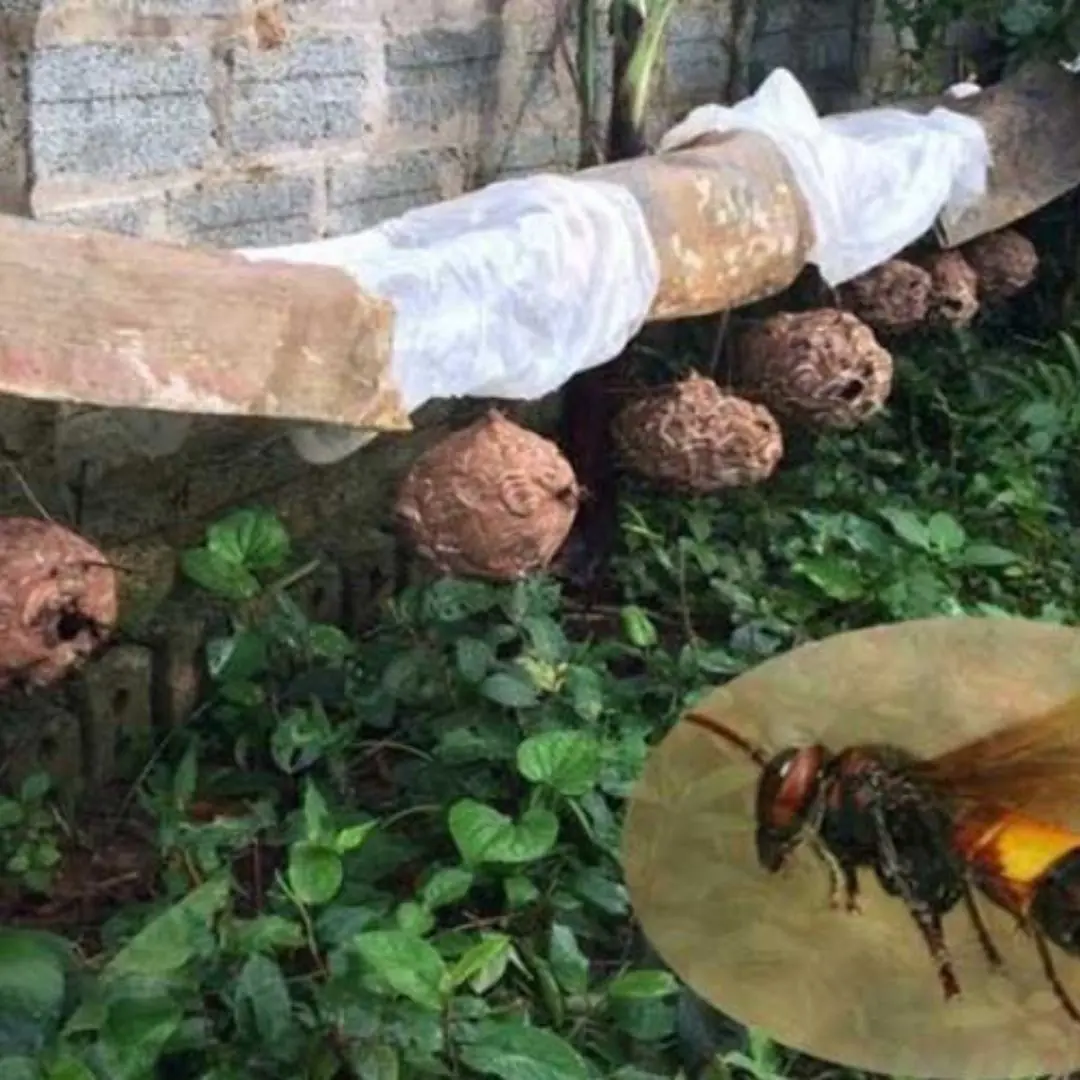
What smell do wasps fear? 4 non-toxic ways to kill wasps
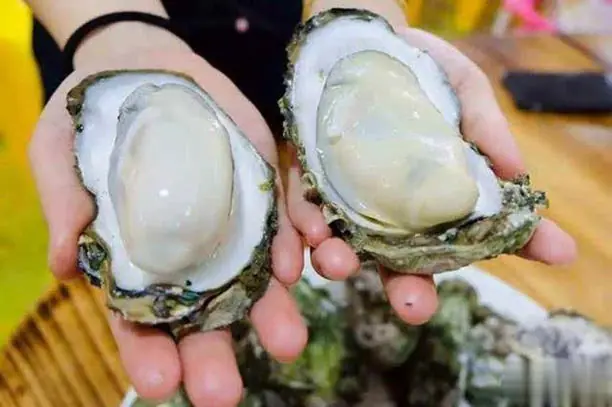
When Buying Oysters, Never Choose These 3 Types
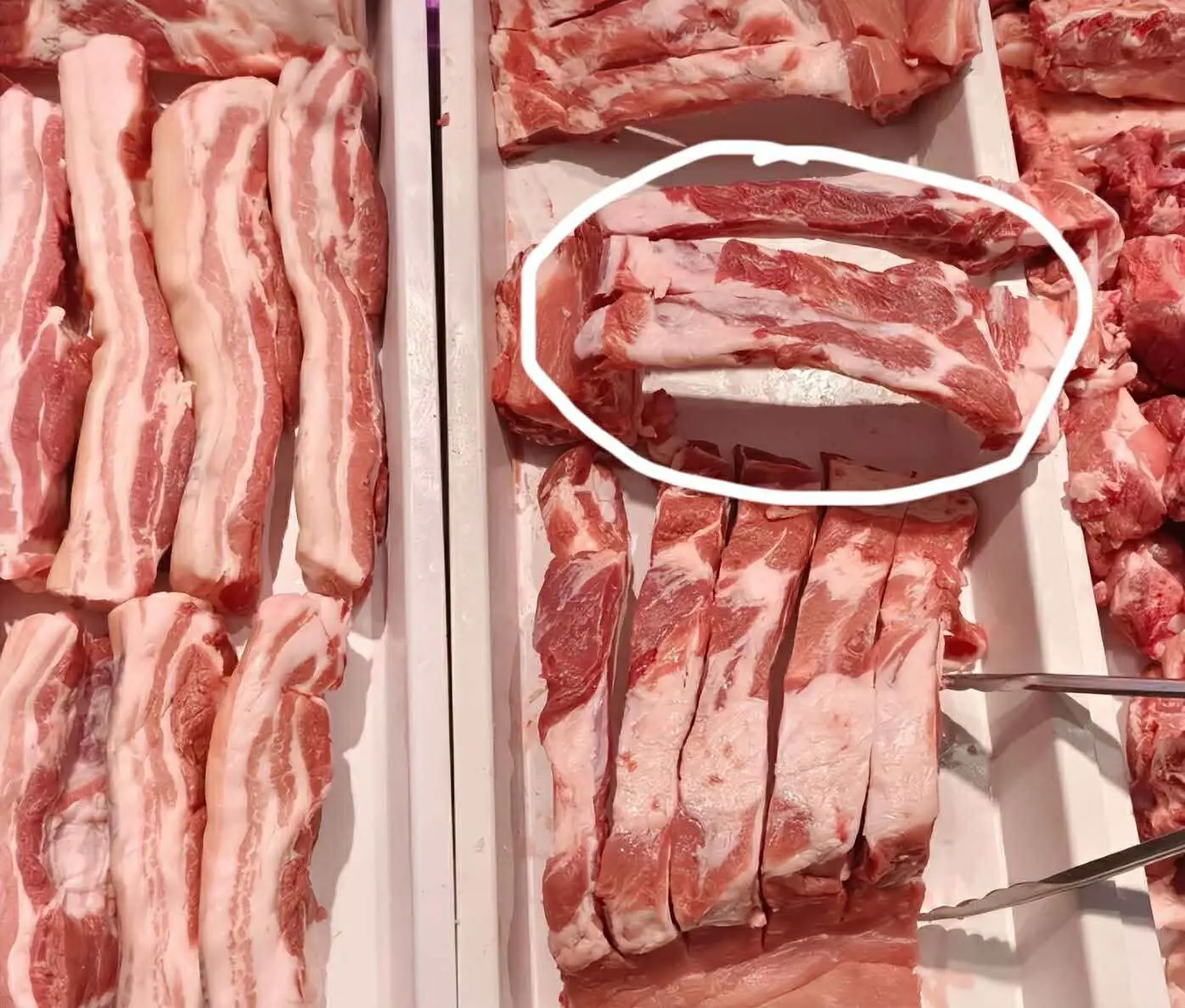
Don’t Buy These “4 Types” of Pork Ribs No Matter How Cheap They Are
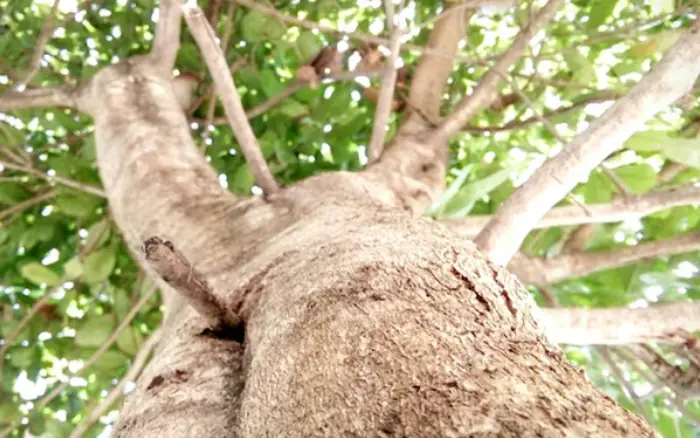
3 Lucky Plants That Bring Prosperity and Wealth
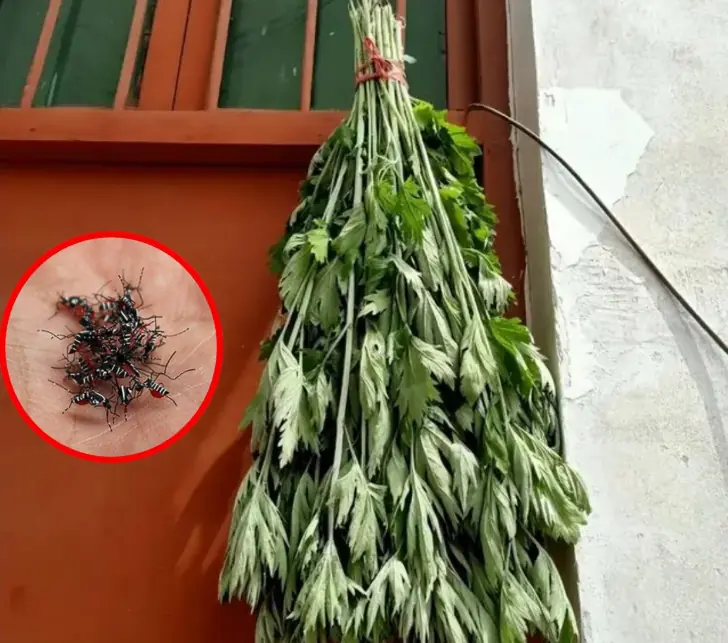
Just hang a handful of these leaves in front of your door - flies and mosquitoes will disappear

8 types of plants that attract snakes into the house
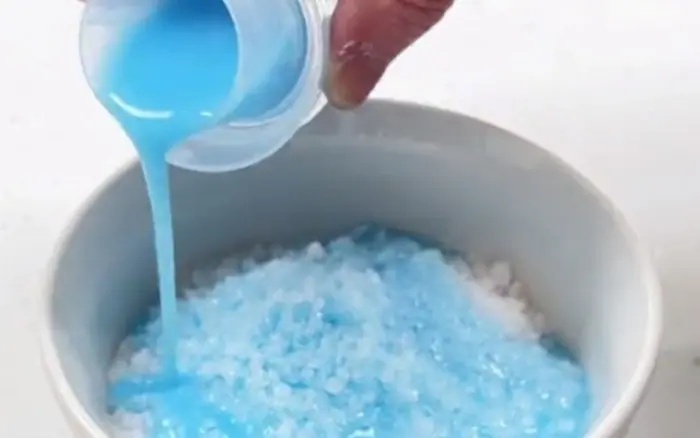
Mixing fabric softener with salt: Great use to solve household problems

Pour Salt into the Toilet: The Surprising Benefits Every Home Needs

Do This Extra Step Before Boiling Chicken Breast for Juicy, Tender, and Not-Dry Results
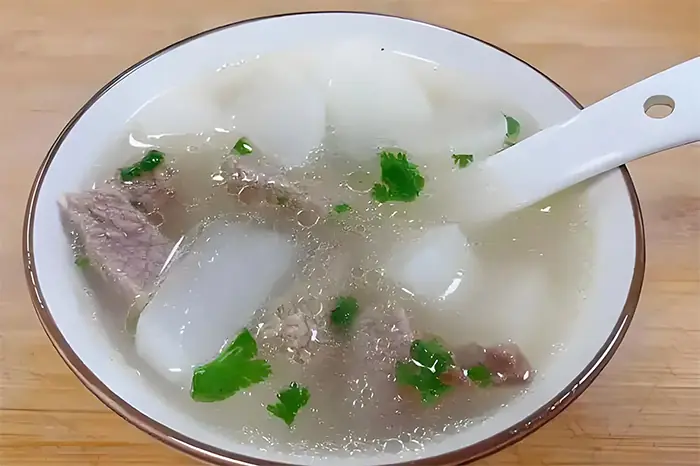
In Autumn, Eat These 3 Lu.ng-Nourishing Dishes Regularly to Prevent Cough and Thr.oat Irritation
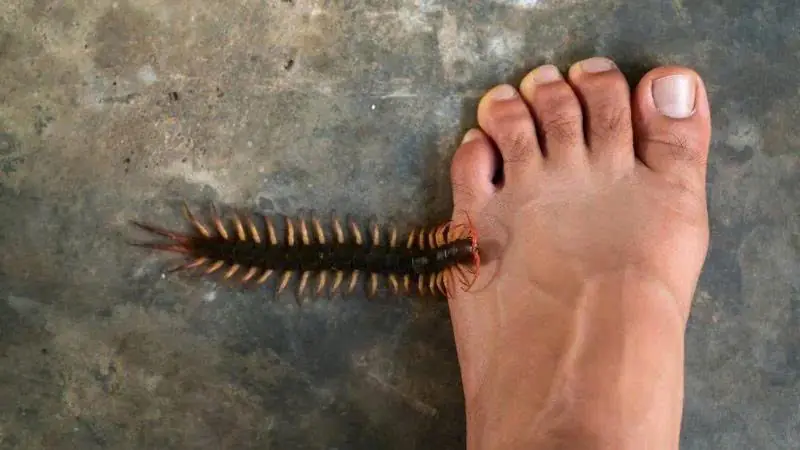
Reasons you should not ki.ll millipedes
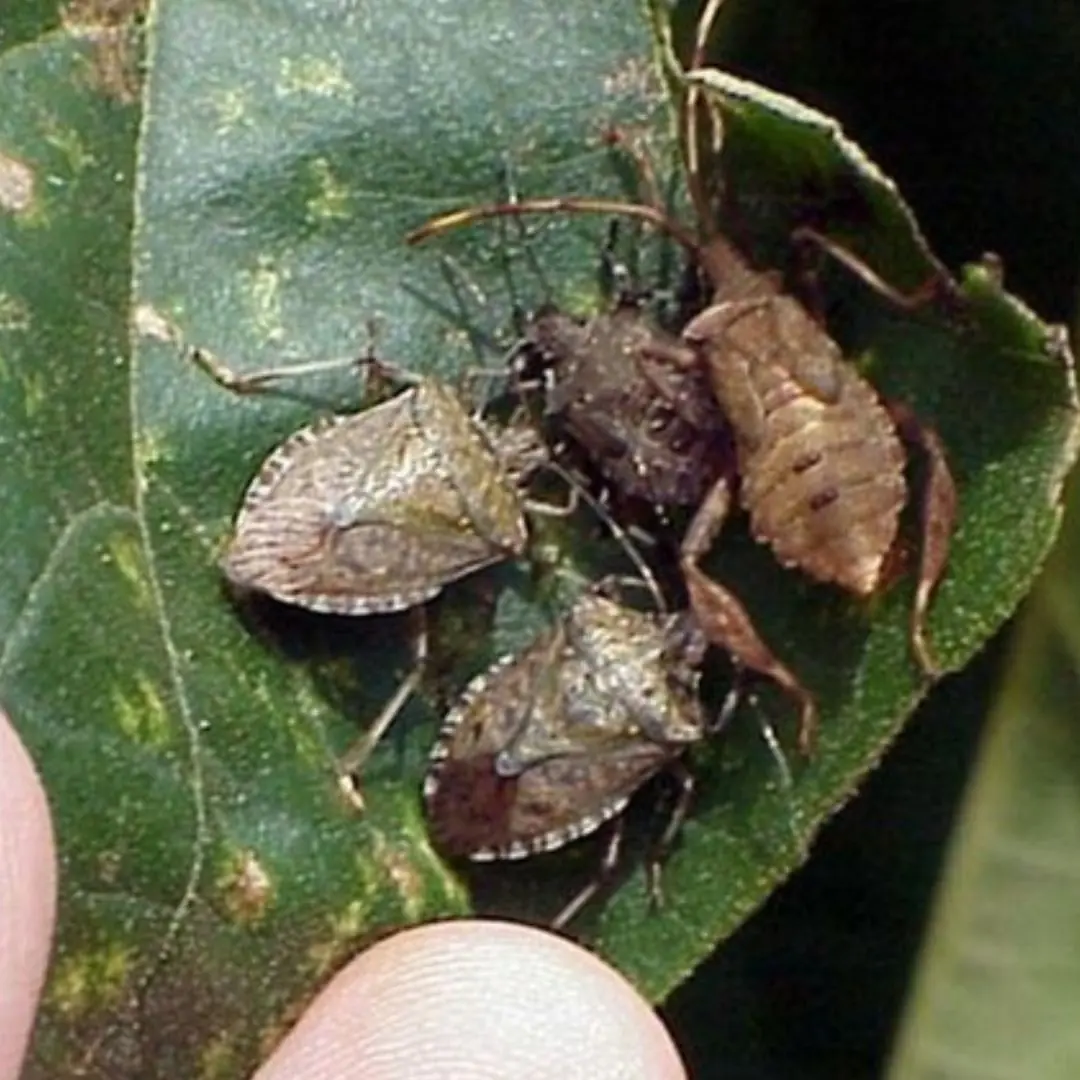
When A Brown Bug Like This Appears In Your Yard, Immediate Action Is Required

Tips for washing grapes to remove dirt and worm eggs, and to safely eat the skin
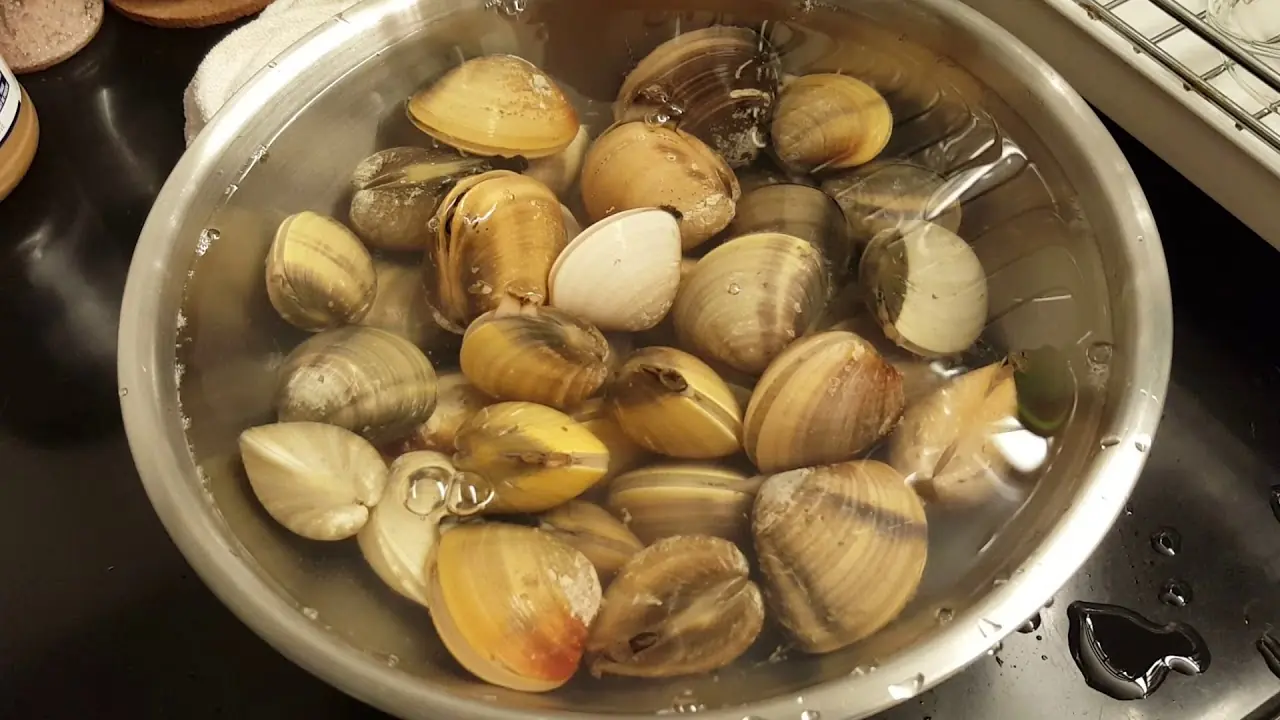
No Matter How You Wash Clams, There’s Still Grit Inside?
News Post

Doctor Reveals 5 Dangerous Mistakes You Must Avoid Right After Eating

"7 Silent Habits That Wreck Your Bones and Joints — Quit Them Now or Face Pain in Old Age

Avoid These Plants If You Don’t Want Snakes Near Your House

Night Sweats Explained: 7 Surprising Facts
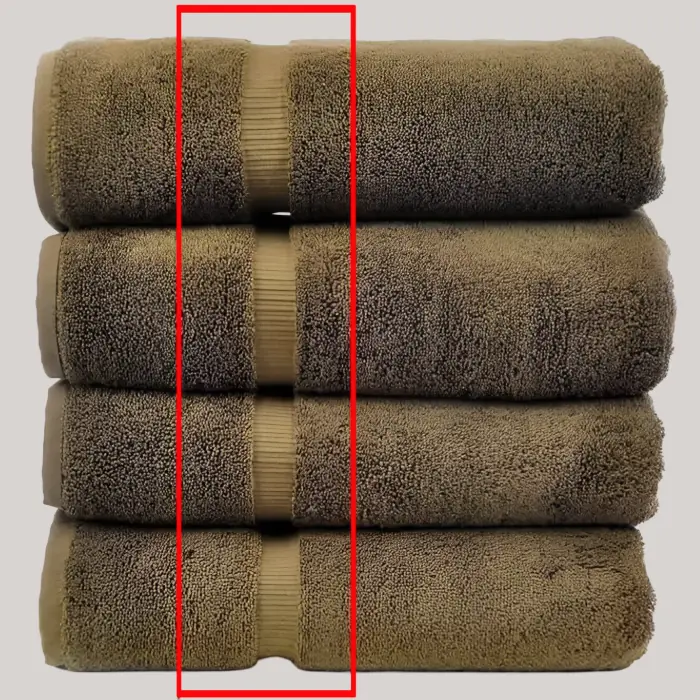
What the lines on bath towels actually mean?
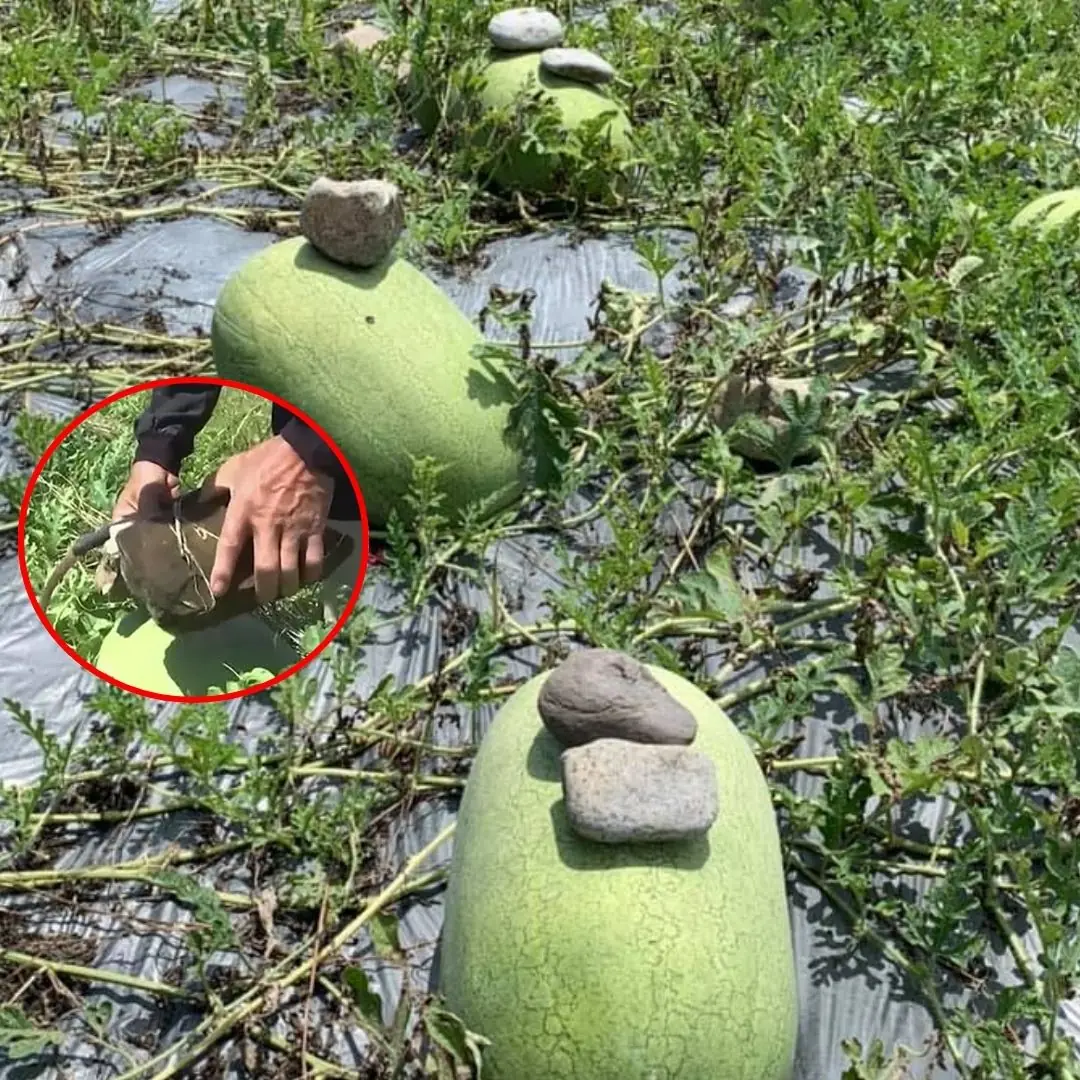
Farmers put ice on melons before harvest – the reason behind it will surprise everyone

6 Proven Ways to Get Rid of Termites From Wooden Furniture
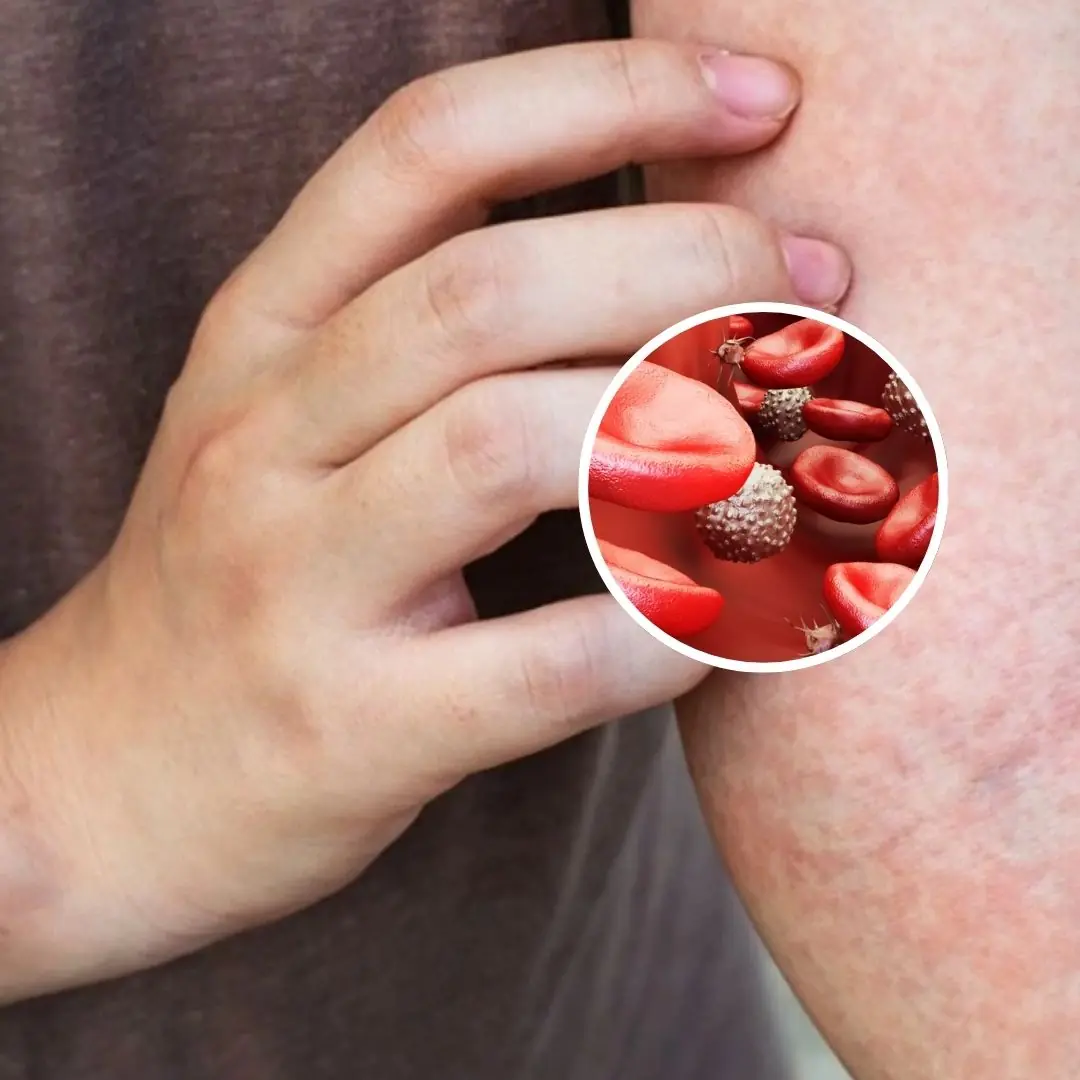
Warning: 10 Overlooked Symptoms That Could Signal Blood Cancer

Should You Pick Na.vel Oranges With a Big or Small “Na.vel”?

4 Abnormal Signs in the Abdomen That May Seem “Minor” but Could Indicate Can.cer

3 super easy garlic storage hacks

The More You Save, the Sicker You Get: 6 Dangerous Kitchen Habits to Stop Immediately
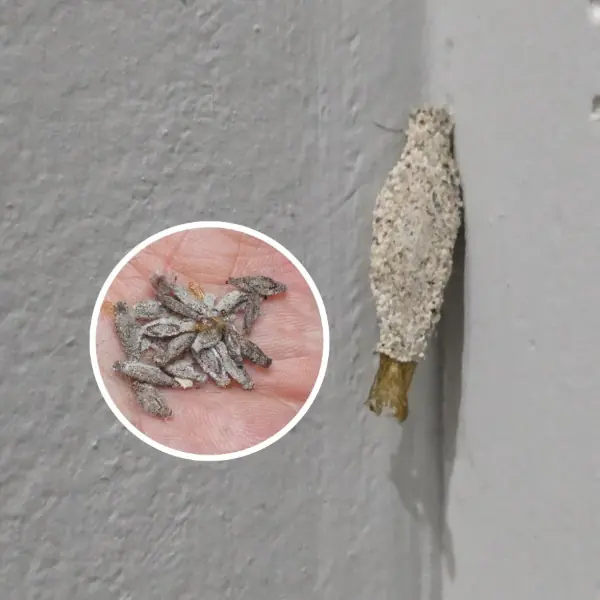
What are those “Small bags” on the wall really?
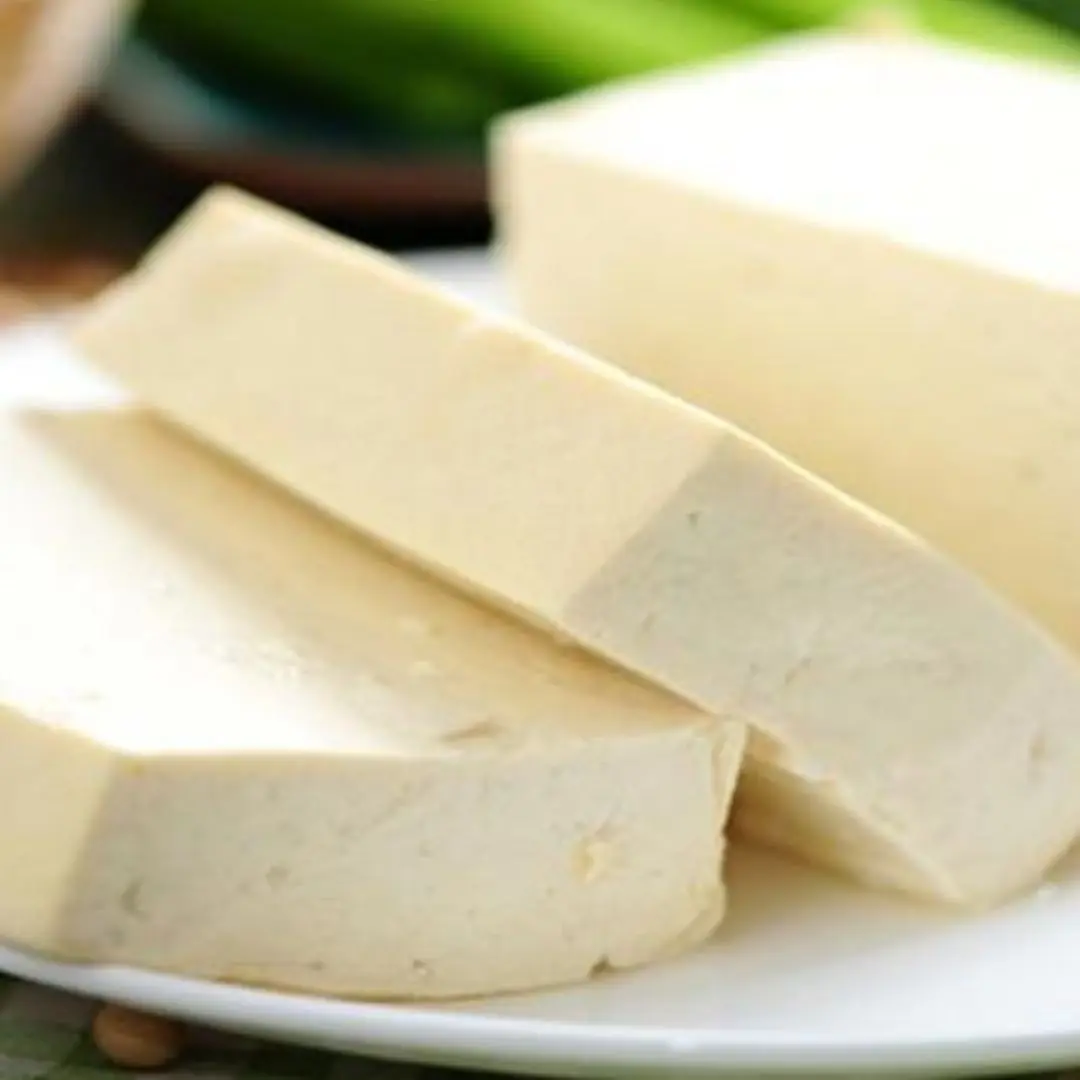
Surprising Everyday Foods That Quietly Work Wonders for Your Liver — And Why You Should Add Them to Your Diet
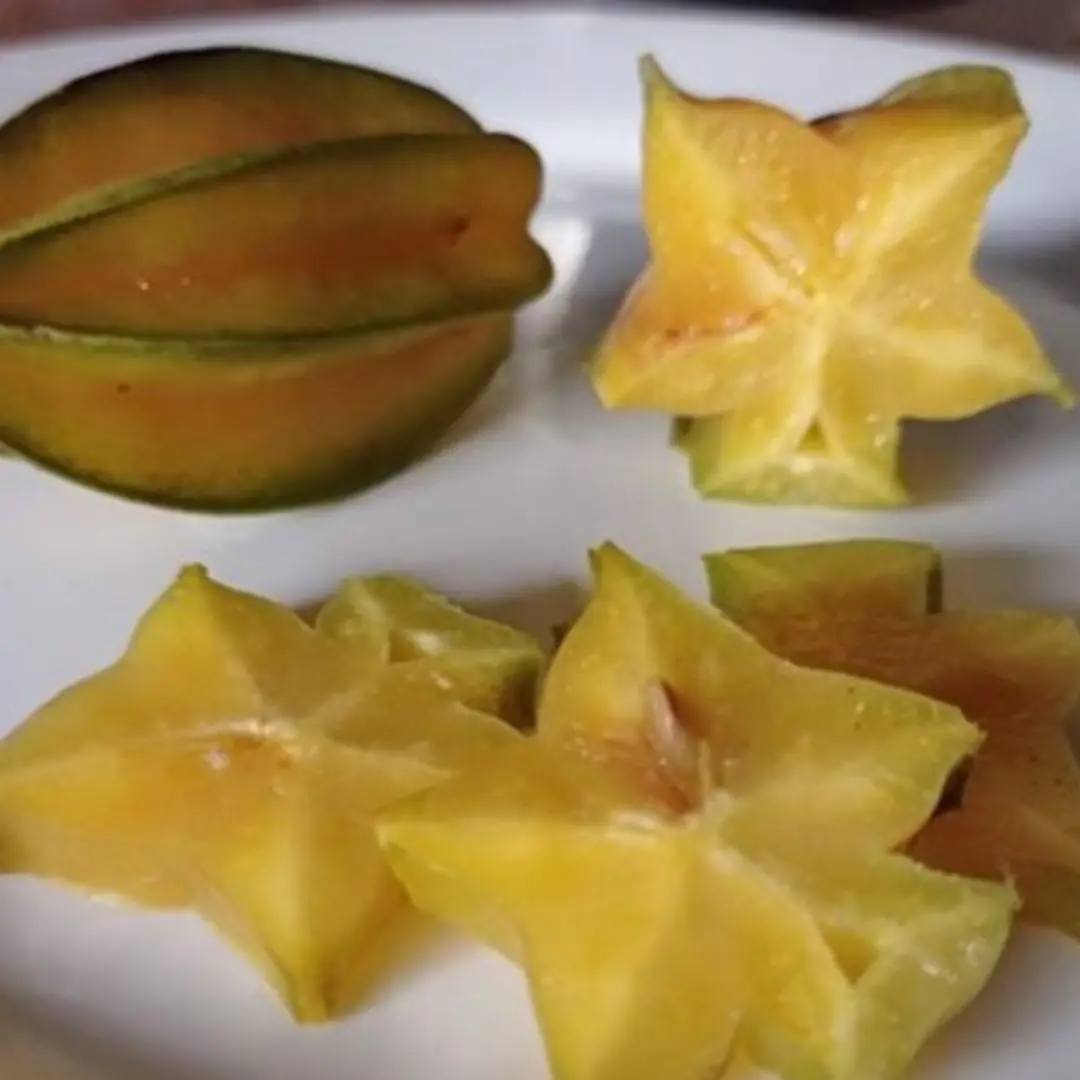
Despite its health benefits, star fruit is strictly off-limits for these groups of people
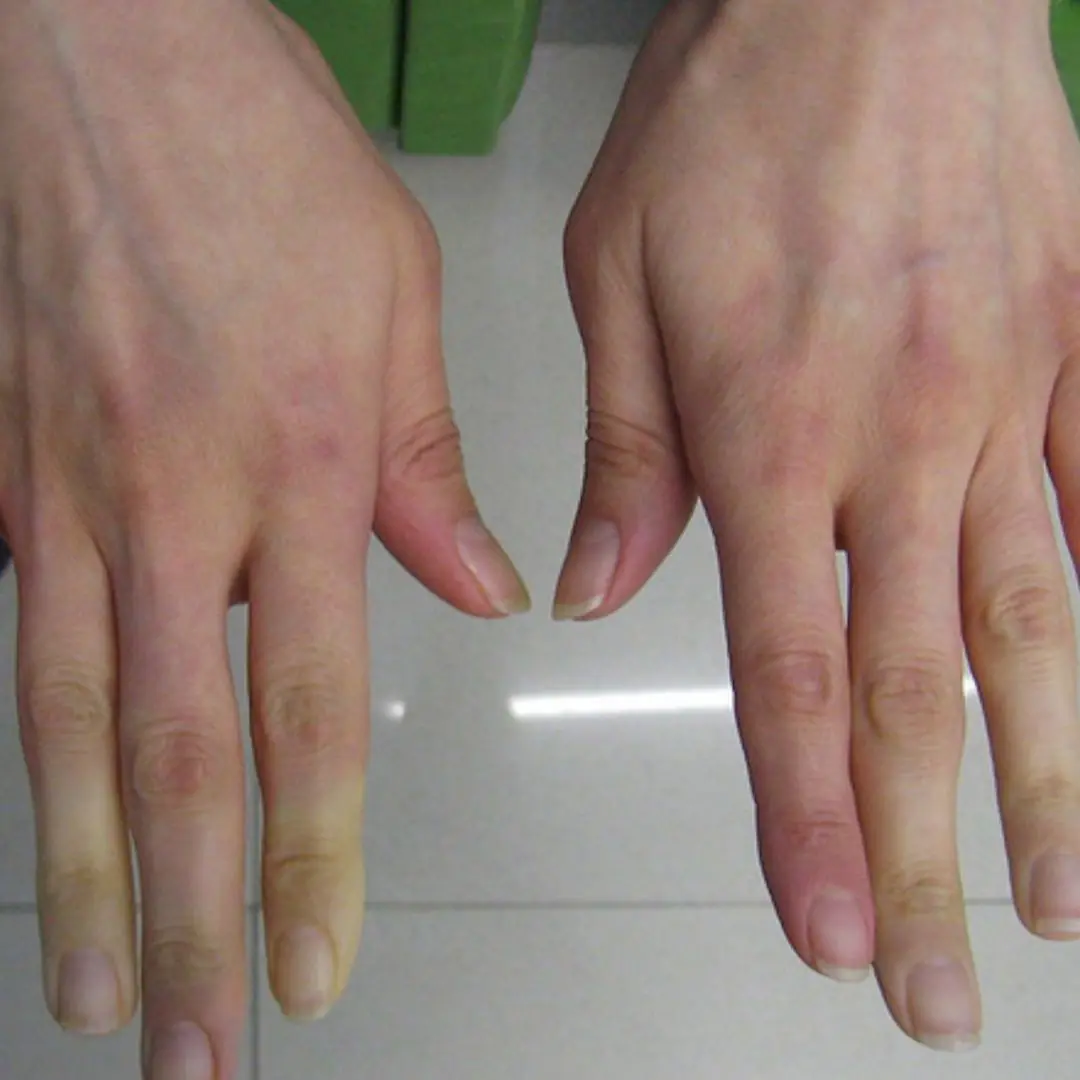
This condition can trigger a sudden transformation in the fingers, leaving them ghostly white or bluish
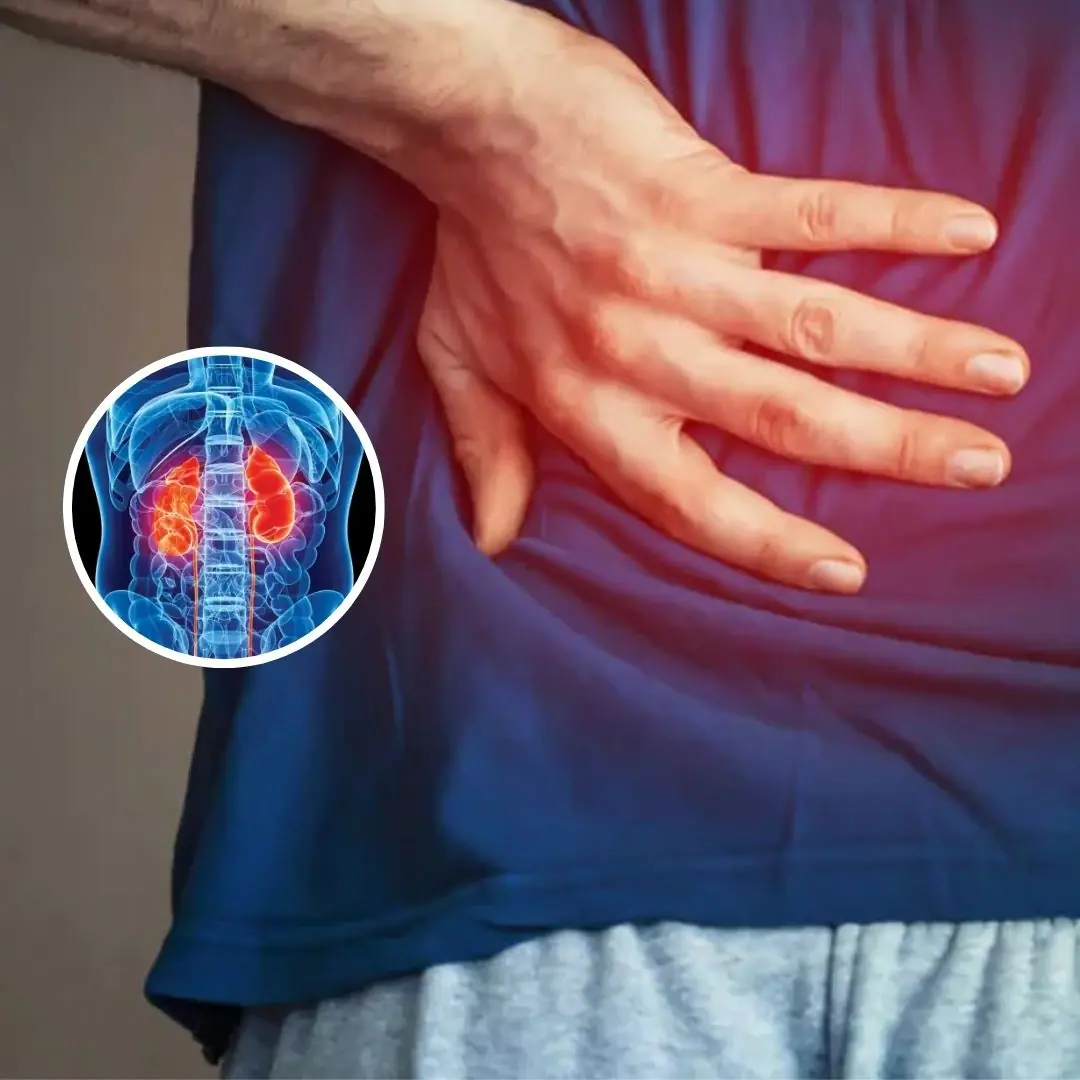
Night Clues: 5 Rare Symptoms Pointing to Kidney Damage
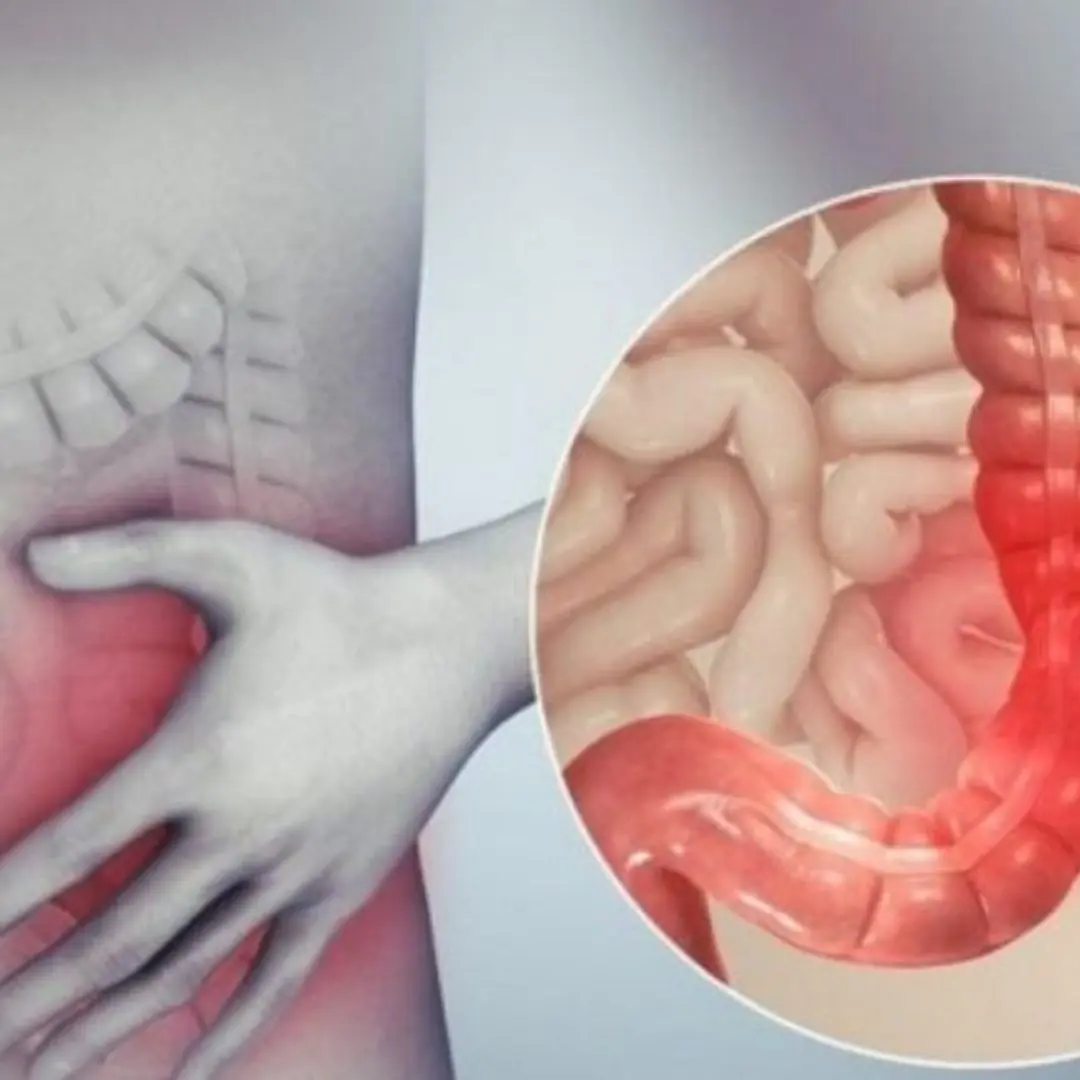
Don’t Overlook These 6 Warning Signs of Stage 1 Colon Cancer

These 3 Common Fish Are Actually the Best for Your Health
